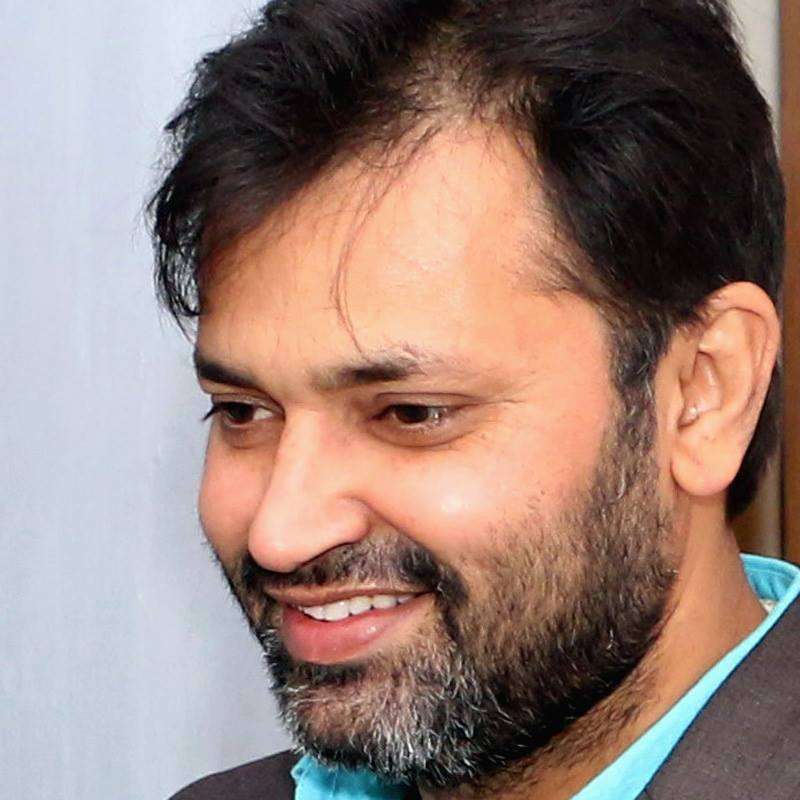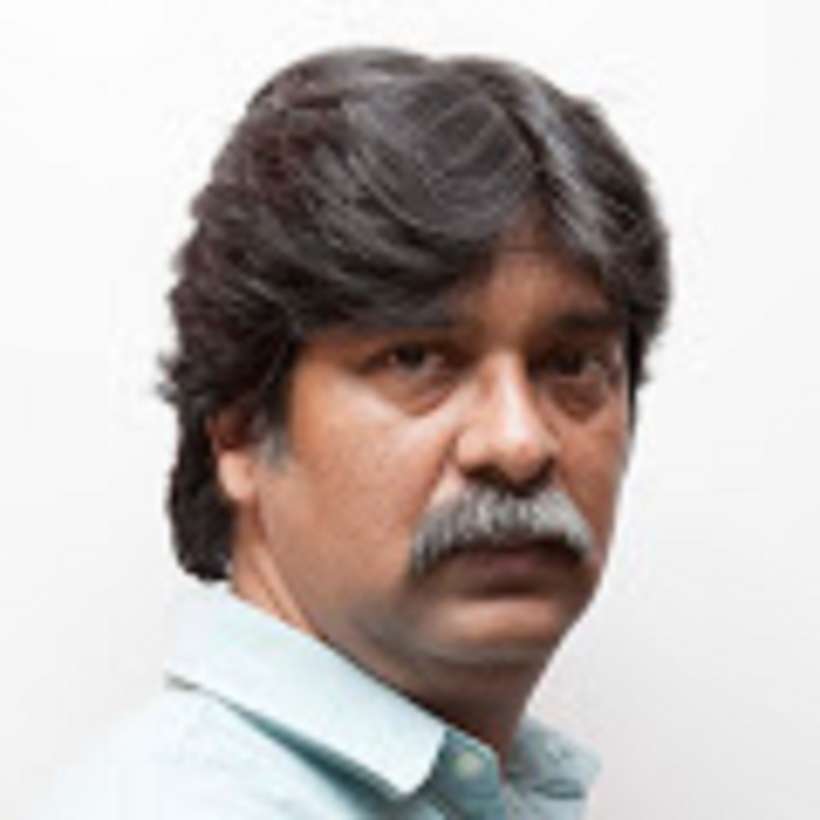
Figurative art is better known as 'figurativism'. This form of artwork represents paintings and sculptures which are derived from real-life sources. Artists in India pronounce this art form as a representational painting style which is very different from abstract works.
Figurative art paintings illustrate modern art with deep seated roots and strong references to the real world. As a matter of fact, this type of artistry is heavily dependent on line, shape and color. Light and dark otherwise called illumination, also plays a critical role in every canvas featuring 'figurativism'. Besides the above mass, volume, texture as well as the artist's perspective also plays a critical role on the work. Every single one of these elements plays an important role in figurative imagery.
Painters in India and abroad who excel in figurative form of imagery are quite different from the connoisseurs ofabstract and non-objective two-dimensional artworks. While 'abstractism' is non-representational to a certain extent, figurative art deploys natural elements. Together, such attributes create an impression and sometimes an illusion of space and form. It usually emphasizes upon the portrayed narrative.
Several renowned artists namely Ananda Das, Kashinath Bose, V.B. Atmaram, Atin Mitra, Manoj Paswan, D.M. Badiger, Akshay Tijare, Sneha Jain, Sharada Shankar and many more have taken to ‘figurativism’ as a passion. Interestingly, numerous galleries and online exhibitions have been serving as a platform to exhibit, buy & sell such art works.
Figurative paintings are a magnificent form of artistic accomplishment. These masterpieces indeed portray inspiring landscapes and also successfully capture are moment from still and mundane life wherein a human remains transcendent. Such dynamism of the human body is rarely found in any other art form. As an onlooker, I get to witness a soulful impressionevery time I look at a figurative art work. These art paintings therefore appear in exorably poetic to me.





















